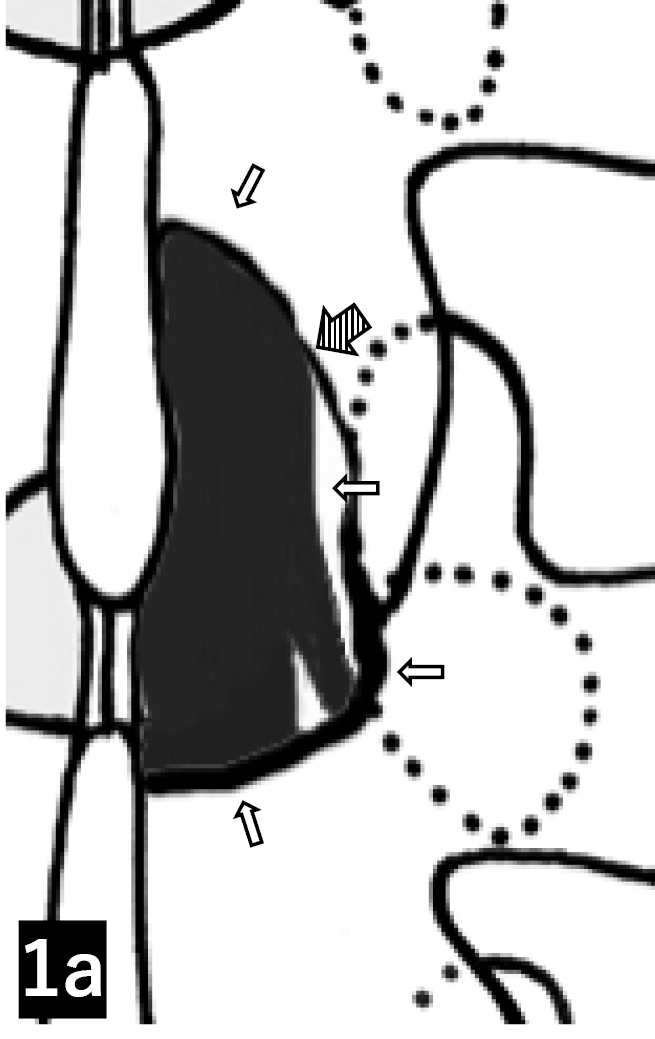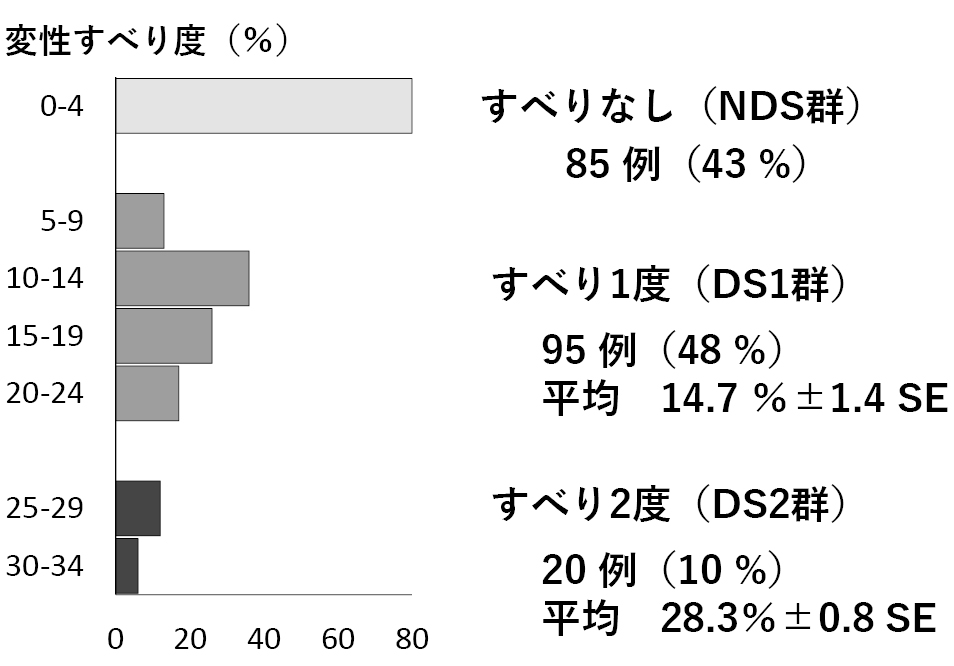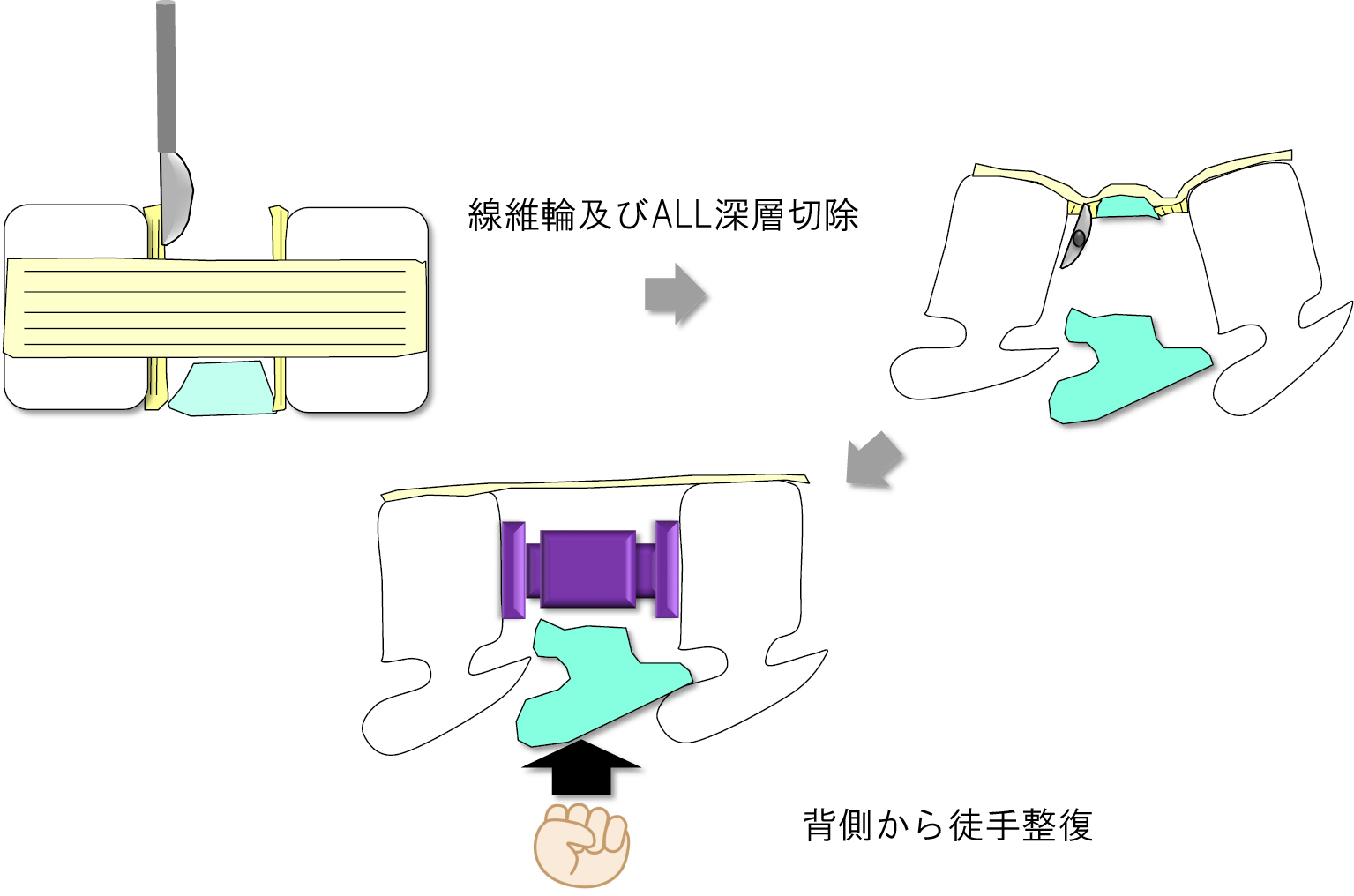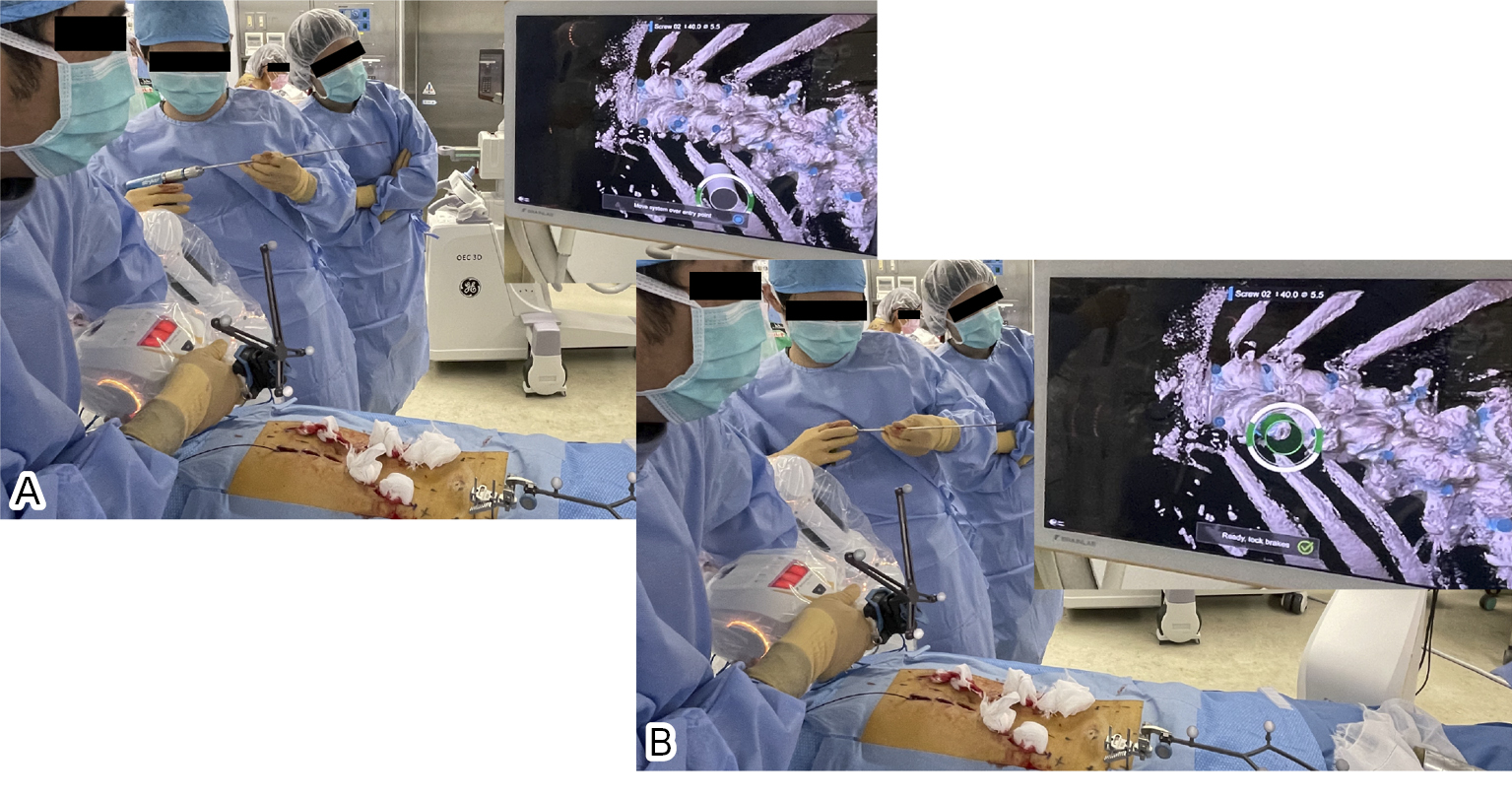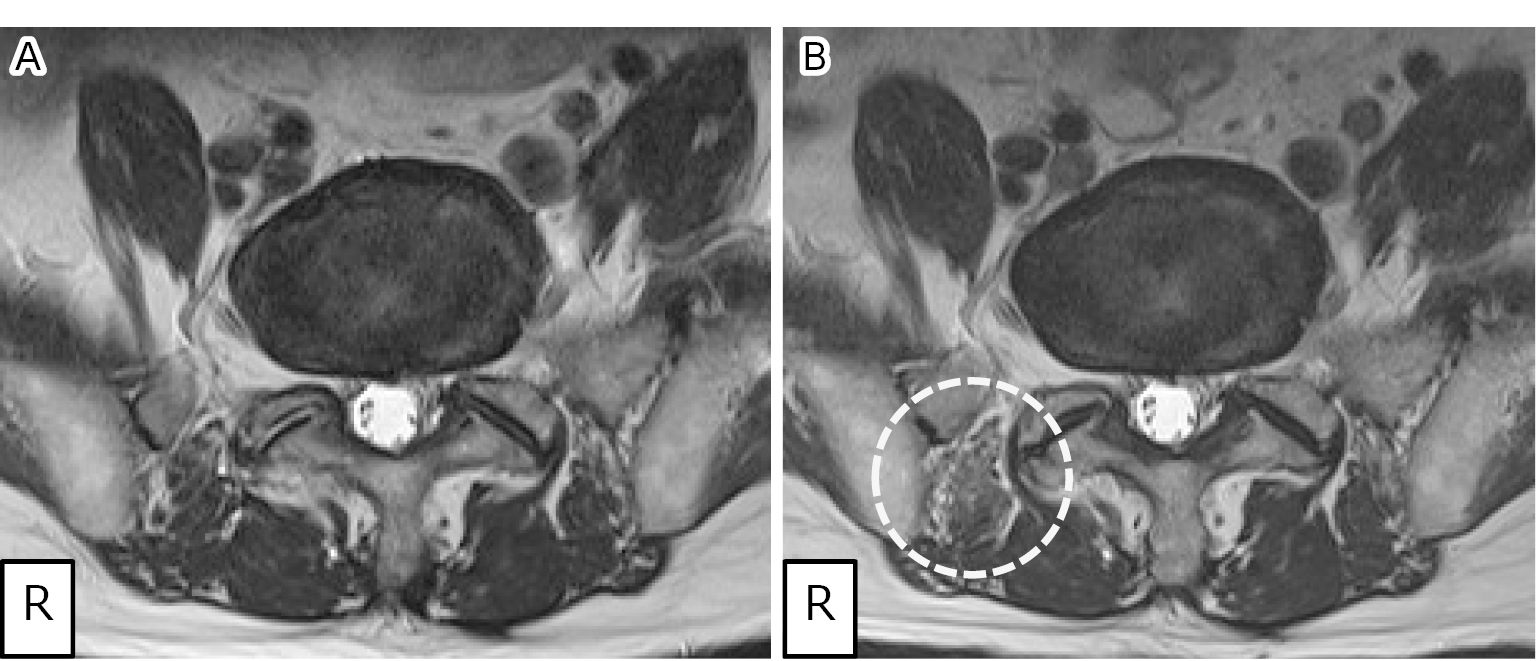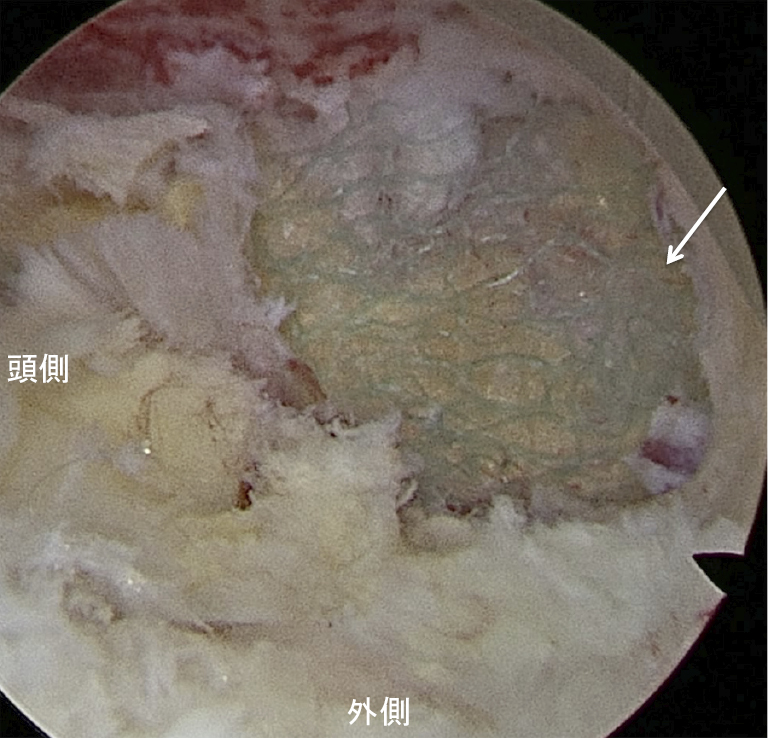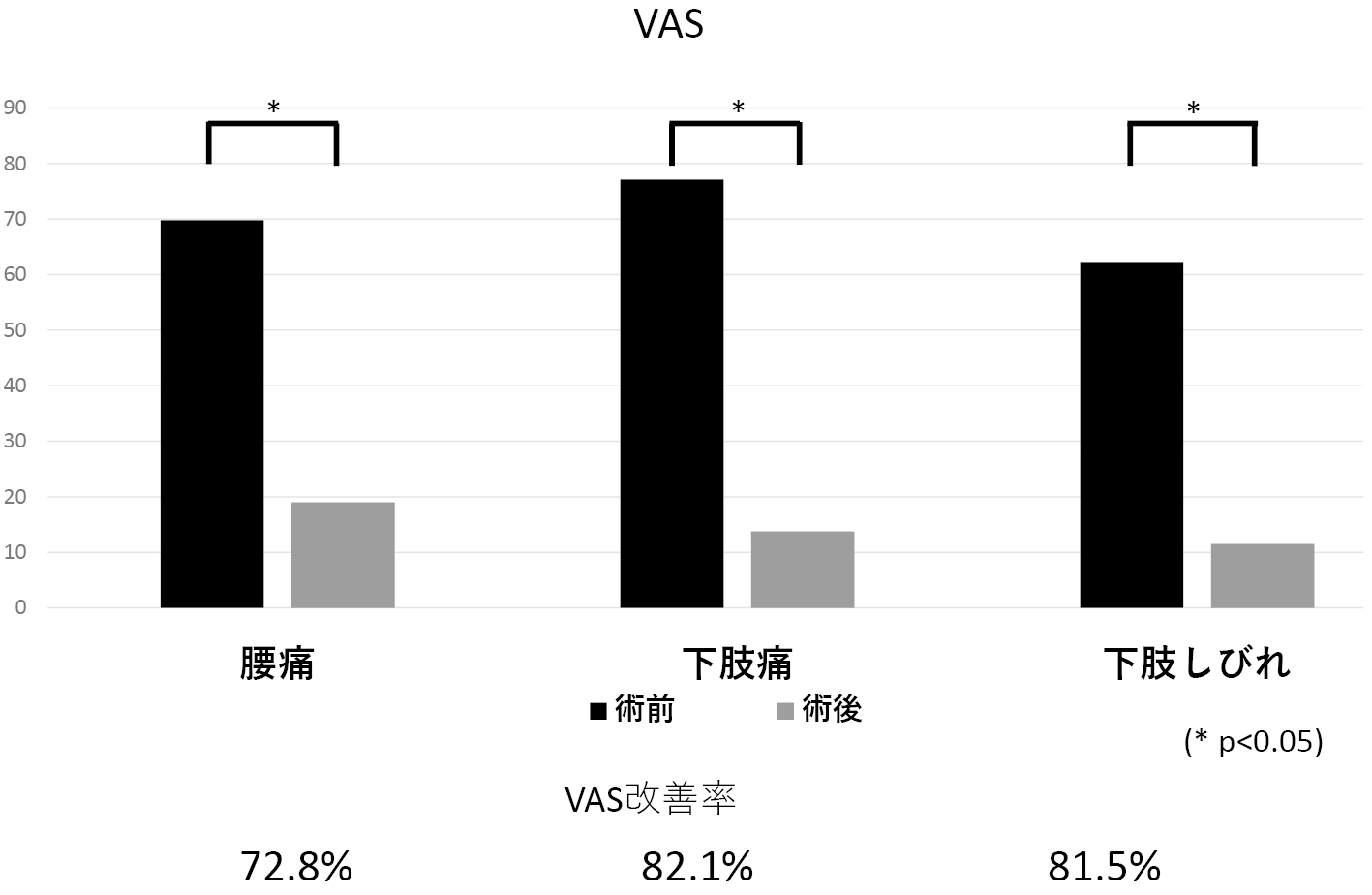Volume 14, Issue 8
Displaying 1-14 of 14 articles from this issue
- |<
- <
- 1
- >
- >|
Original Article
-
2023 Volume 14 Issue 8 Pages 1080-1085
Published: August 20, 2023
Released on J-STAGE: August 20, 2023
Download PDF (975K) -
2023 Volume 14 Issue 8 Pages 1086-1090
Published: August 20, 2023
Released on J-STAGE: August 20, 2023
Download PDF (911K) -
2023 Volume 14 Issue 8 Pages 1091-1098
Published: August 20, 2023
Released on J-STAGE: August 20, 2023
Download PDF (1118K) -
2023 Volume 14 Issue 8 Pages 1099-1108
Published: August 20, 2023
Released on J-STAGE: August 20, 2023
Download PDF (2269K) -
2023 Volume 14 Issue 8 Pages 1109-1116
Published: August 20, 2023
Released on J-STAGE: August 20, 2023
Download PDF (1655K) -
2023 Volume 14 Issue 8 Pages 1117-1127
Published: August 20, 2023
Released on J-STAGE: August 20, 2023
Download PDF (2586K) -
2023 Volume 14 Issue 8 Pages 1128-1132
Published: August 20, 2023
Released on J-STAGE: August 20, 2023
Download PDF (1239K) -
2023 Volume 14 Issue 8 Pages 1133-1137
Published: August 20, 2023
Released on J-STAGE: August 20, 2023
Download PDF (1025K) -
2023 Volume 14 Issue 8 Pages 1138-1143
Published: August 20, 2023
Released on J-STAGE: August 20, 2023
Download PDF (1253K) -
2023 Volume 14 Issue 8 Pages 1144-1148
Published: August 20, 2023
Released on J-STAGE: August 20, 2023
Download PDF (914K) -
2023 Volume 14 Issue 8 Pages 1149-1156
Published: August 20, 2023
Released on J-STAGE: August 20, 2023
Download PDF (1833K) -
2023 Volume 14 Issue 8 Pages 1157-1164
Published: August 20, 2023
Released on J-STAGE: August 20, 2023
Download PDF (1829K) -
2023 Volume 14 Issue 8 Pages 1165-1172
Published: August 20, 2023
Released on J-STAGE: August 20, 2023
Download PDF (1767K) -
2023 Volume 14 Issue 8 Pages 1173-1180
Published: August 20, 2023
Released on J-STAGE: August 20, 2023
Download PDF (2201K)
- |<
- <
- 1
- >
- >|


